How to Read a Dress: A Guide to Changing Fashion from the 16th to the 20th Century (2017)
Fashion is ever-changing, and while some styles mark a dramatic departure from the past, many exhibit subtle differences from year to year that are not always easily identifiable. With overviews of each key period and detailed illustrations for each new style, How to Read a Dress is an authoritative visual guide to women’s fashion across five centuries. Each entry includes annotated color images of historical garments, outlining important features and highlighting how styles have developed over time, whether in shape, fabric choice, trimming, or undergarments. Readers will learn how garments were constructed and where their inspiration stemmed from at key points in history — as well as how dresses have varied in type, cut, detailing and popularity according to the occasion and the class, age and social status of the wearer. This lavishly illustrated book is the ideal tool for anyone who has ever wanted to know their cartridge pleats from their Récamier ruffles. Equipping the reader with all the information they need to ’read’ a dress, this is the ultimate guide for students, researchers, and anyone interested in historical fashion.
More Information
Description
| Publisher: | New York : Bloomsbury Academic, 2017. |
|---|
| ISBN: | 9781472533272 1472533275 9781472534521 1472534522 |
|---|---|
| OCLC Number: | 952700855 |
| Description: | 211 pages ; color illustrations ; 26 cm |
Table of contents
Table of contents
1550-1600 —
1610-1699 —
1710-1790 —
1790-1837 —
1837-1869 —
1870-1889 —
1890-1916 —
1918-1929 —
1930-1946 —
1947-1959 —
1960-1970.
About the author
About the author
Lydia Edwards is a Lecturer at Edith Cowan University, Perth, Australia.
External links
Student reviews
1 review for How to Read a Dress: A Guide to Changing Fashion from the 16th to the 20th Century (2017)
You must be logged in to post a review.

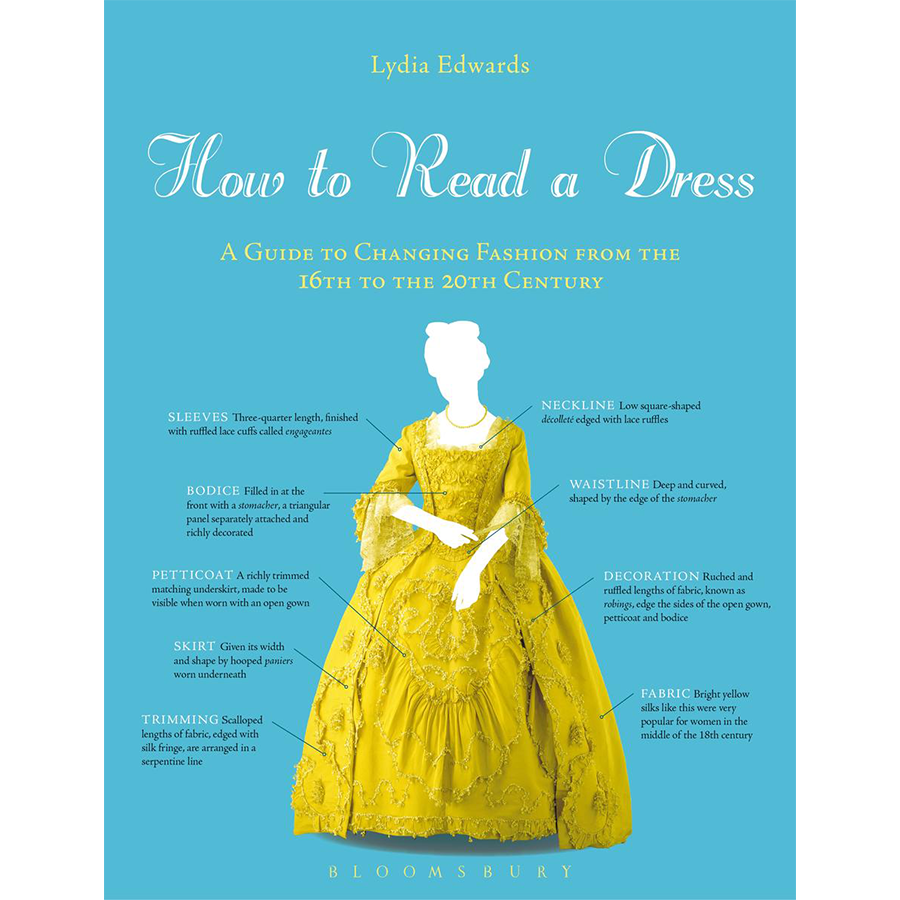
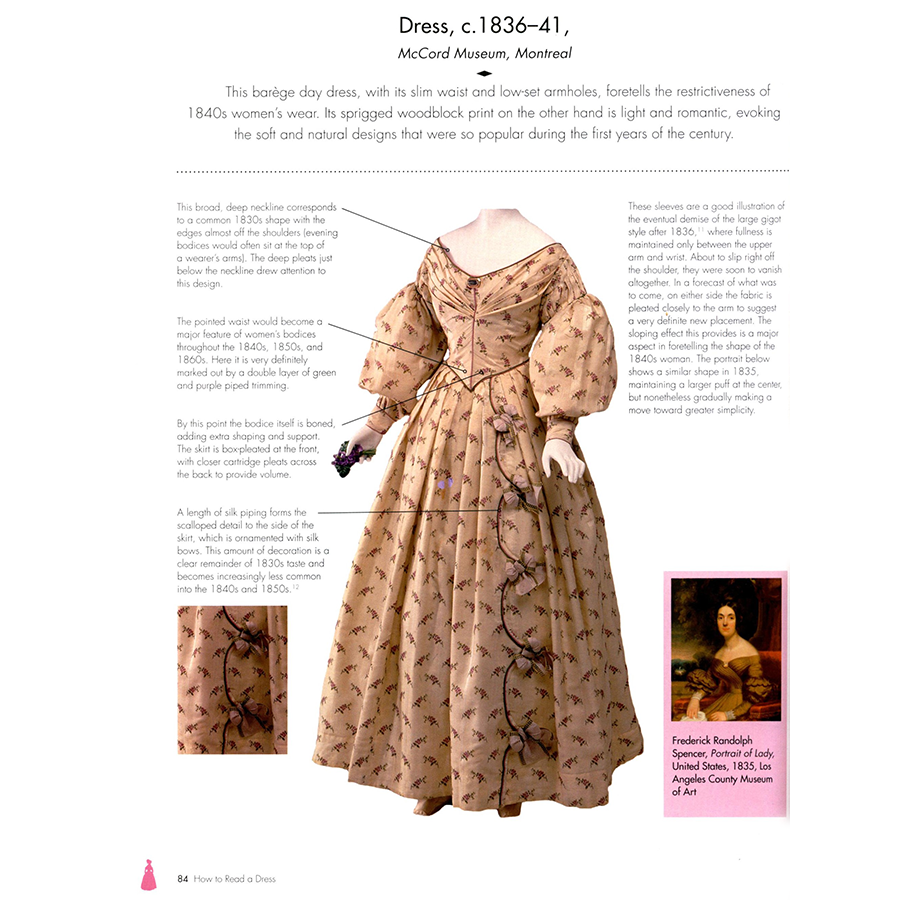
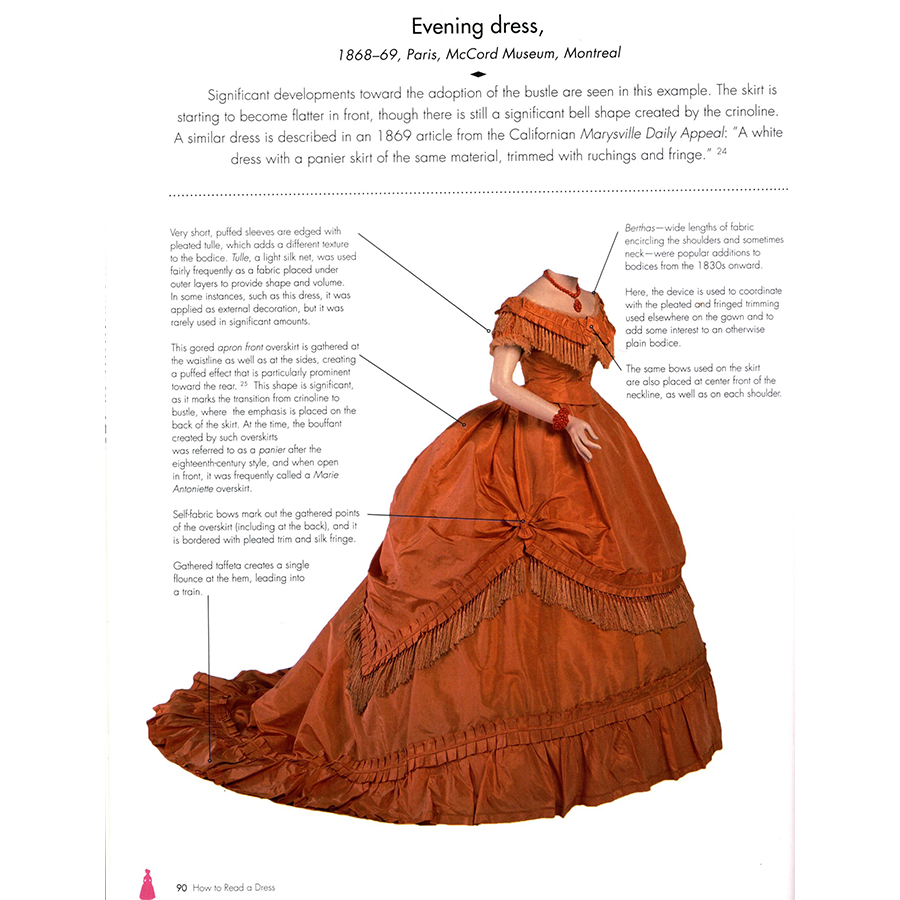
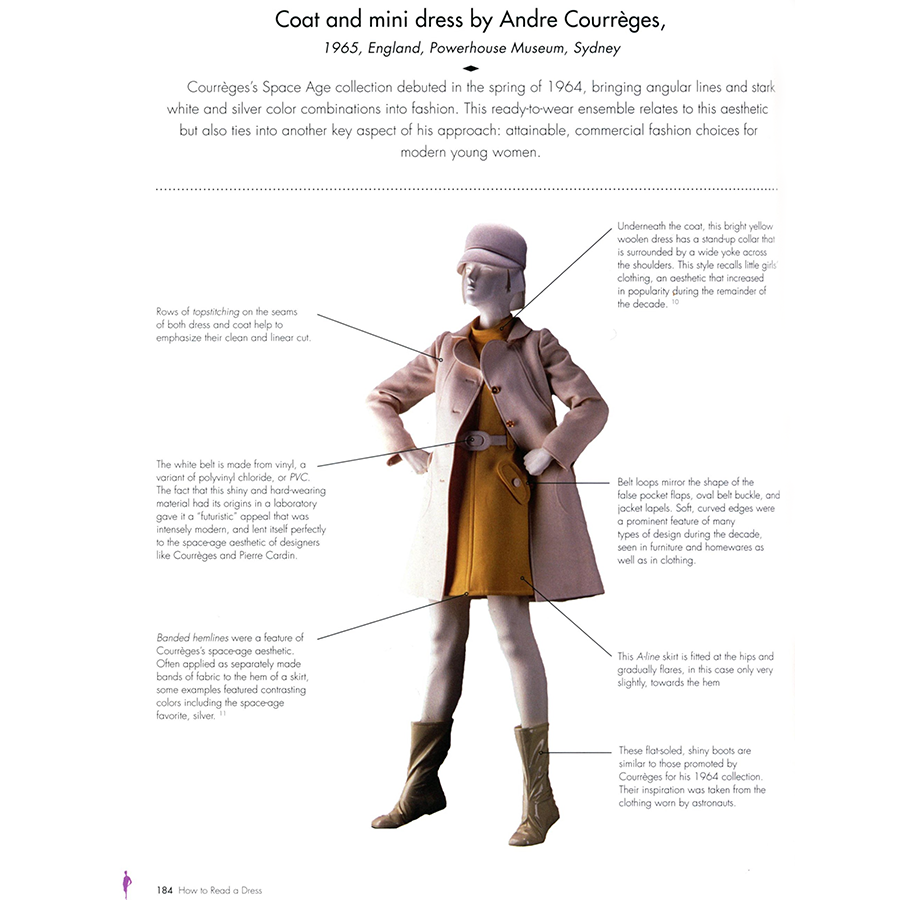
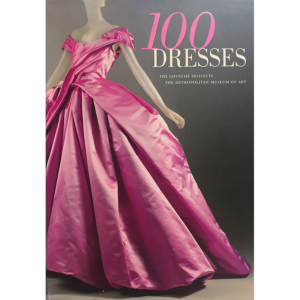
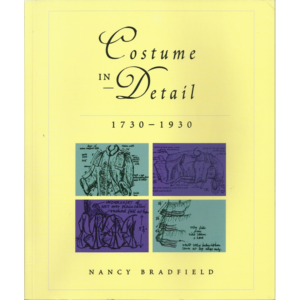

Daniel Englander –
I thought this book was perfect for searching for definitions and great photos. The glossary and index were very simple to read and each picture had very detailed notes attached to it. The book is also not that big so, the reader is not overwhelmed when going through it to find out the information that they are looking for.